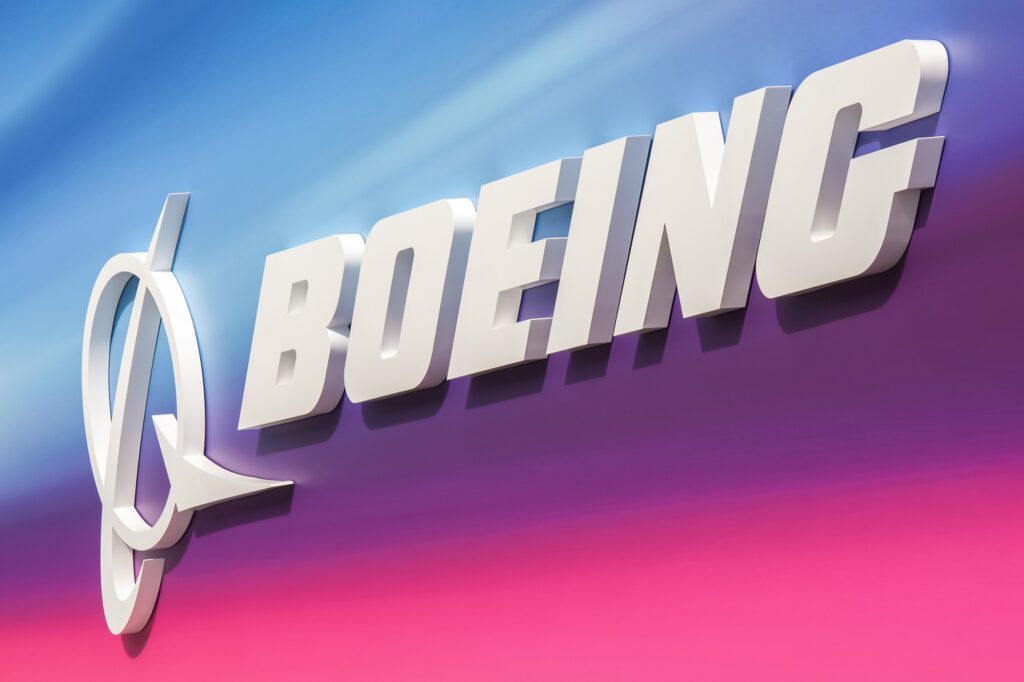National Aeronautics and Space Administration (NASA) has selected Boeing as its partner to develop the Transonic Truss-Braced Wing (TTBW) demonstrator aircraft, which is part of the Sustainable Flight Demonstrator (SFD) program.
The United States (US)-based manufacturer will have to develop a full-scale demonstrator to test various technologies with the goal to lower emissions. NASA will put forward $425 million, while Boeing and its partners will provide a further $725 million, with the governmental agency also providing its “technical expertise and facilities”.
NASA chose the narrow-body segment because they are “the workhorse of many airline fleets, and due to their heavy usage, account for nearly half of worldwide aviation emissions.” According to the agency, the design and technology tests of the TTBW demonstrator could help the aviation industry in deciding the design of the next-generation aircraft that would potentially enter service in 2030.
According to NASA, the goal of the program is to test the technologies used on the aircraft, and “when combined with other advancements in propulsion systems, materials, and systems architecture, would result in fuel consumption and emissions reductions of up to 30% relative to today’s most efficient single-aisle aircraft, depending on the mission.”
New wing design of the demonstrator
The TTBW demonstrator uses an atypical wing design, with ultrathin wings braced by struts with larger spans and higher-aspect ratios.
The wing design “could eventually accommodate advanced propulsion systems that are limited by a lack of underwing space in today’s low-wing airplane configurations,” Boeing said in its announcement.
“The SFD program has the potential to make a major contribution toward a sustainable future,” said Greg Hyslop, Chief Engineer and Executive Vice President of Engineering, Test & Technology at Boeing.
“It represents an opportunity to design, build and fly a full-scale experimental plane, while solving novel technical problems,” Hyslop added.
NASA’s Administrator Bill Nelson added that the agency “has dared to go farther, faster, higher. And in doing so, NASA has made aviation more sustainable and dependable. It is in our DNA.”
“It’s our goal that NASA’s partnership with Boeing to produce and test a full-scale demonstrator will help lead to future commercial airliners that are more fuel efficient, with benefits to the environment, the commercial aviation industry, and to passengers worldwide. If we are successful, we may see these technologies in planes that the public takes to the skies in the 2030s,” Nelson continued.
The current concept of the TTBW is the result of more than a decade’s work that has been supported by Boeing, NASA, as well as by industry investments. According to the manufacturer, it “conducted extensive wind tunnel testing and digital modeling to advance the design of the TTBW”.

